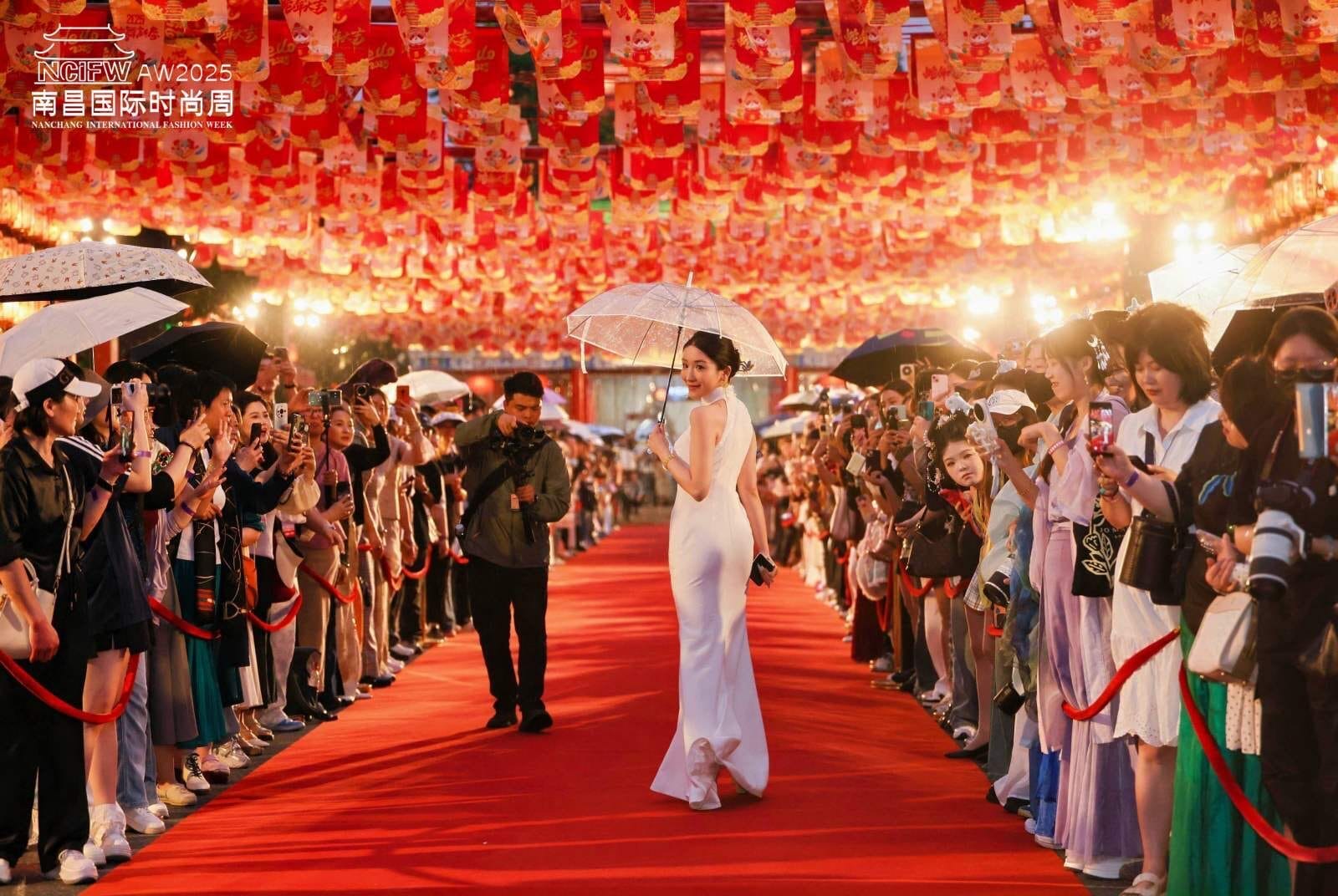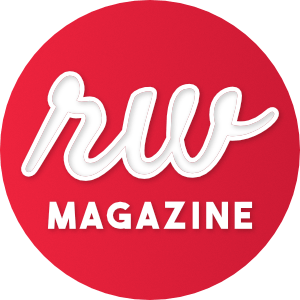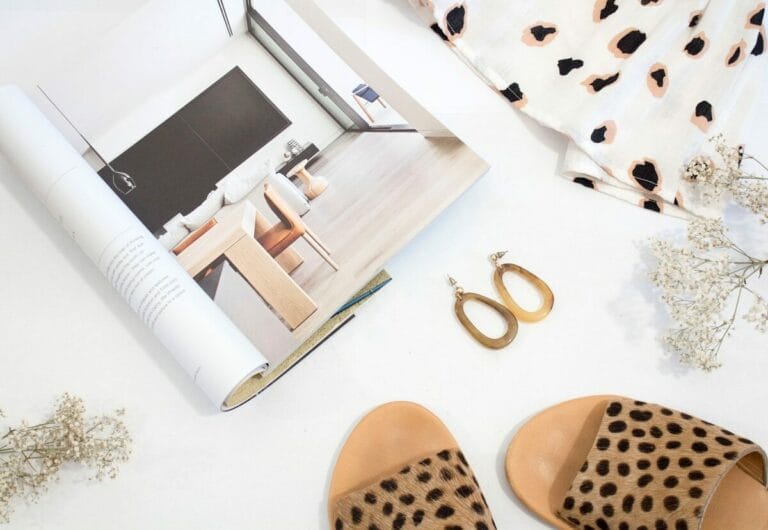Fashion Week at the historic Tengwang Pavilion- Turning Ancient Cities Into Catwalks To Boost Cultural Tourism
Discover how China's fashion weeks unite ancient heritage and contemporary design, turning historic venues into vibrant centres for cultural tourism and creativity

Chinese cities are discovering a powerful formula for cultural tourism: fashion weeks that blend ancient heritage with contemporary design. From Shanghai to Beijing, regional fashion events are moving beyond the catwalk to create unforgettable experiences that bring traditional culture to life in modern settings.
This trend reached new heights in May when Nanchang hosted its inaugural International Fashion Week at the historic Tengwang Pavilion. The week-long event demonstrated how fashion can serve as a bridge between millennia-old traditions and contemporary creativity, attracting both international celebrities and local residents to experience culture in fresh ways.
Ancient Venues, Modern Runways
The choice of Tengwang Pavilion as the main venue speaks to a broader movement across China where historic sites are being reimagined as fashion destinations. As China Daily reported about Shanghai Fashion Week, the integration of traditional elements with modern design has become a defining characteristic of Chinese fashion events.
At Nanchang’s event, nine shows featuring 11 haute couture and renowned brands transformed the ancient pavilion into a contemporary stage. Professor Li Wei from Tsinghua University’s Academy of Arts & Design incorporated Jiangxi elements into international fashion language, creating what organisers described as a ‘dual feast of visuals and culture’.
The opening ceremony perfectly captured this fusion approach. National intangible cultural heritage Nuo dance performed alongside rapper Li Dabeng’s ‘Mastered’, blending Jiangxi dialect with trendy rap. This collision of ancient and modern created what one observer called ‘impressive moments’ that sparked genuine engagement from audiences.
Beyond the Catwalk
What sets these cultural fashion weeks apart is their expansion beyond traditional runway formats. Nanchang’s event included three venues: the main Tengwang Pavilion location plus satellite venues at Jiangxi Provincial Museum and Donghu Yiku Park, each offering different perspectives on fashion and culture.
The museum venue hosted high-level dialogues themed ‘Breaking Boundaries, Coexisting’ that dismantled traditional divides between museum displays and fashion runways. This concept aligns with broader trends seen at other major Chinese fashion events where designers increasingly draw on traditional culture whilst promoting creative development from international perspectives.
At Donghu Yiku Park, the Pan-Lifestyle Fashion Gala featured diverse shows including botanical jewellery displays, intangible heritage techniques and even road cycling apparel – embodying the trend towards ‘urban light sports’ fashion. These varied formats allowed audiences to engage hands-on with jewellery crafting and ceramic painting, bringing traditional crafts directly into fashion experiences.
Cultural Heritage as Creative Inspiration
The most compelling element of Nanchang’s fashion week was how designers used local cultural heritage as genuine creative inspiration rather than superficial decoration. Tibetan designer Gangren Zhuoga’s costumes told stories of plateau sanctity through deep hues, whilst Mongolian brand Wunirenya’s wide-sleeved robes conveyed grassland boldness and passion.
Miao designer Gu Axin’s work particularly stood out for revitalising traditional elements in modern fashion. These garments served as vibrant carriers of ethnic cultures, showcasing what organisers described as a ‘passionate collision of heritage and contemporary aesthetics’.
This approach reflects broader concerns about ethical fashion practices and cultural responsibility. As recent coverage of Shiatzy Chen’s Paris collection demonstrated, successful cultural fusion in fashion requires deep study of traditional elements rather than surface-level appropriation.
Government Support and Cultural Strategy
The success of Nanchang’s fashion week also highlights the role of government support in developing cultural tourism through fashion. The event was guided by multiple municipal departments and received backing under Nanchang’s ‘culture-driven, fashion-empowered city’ strategy.
Opening day saw attendance from senior officials including Zhou Jianwen, Deputy Director of the Jiangxi Provincial Department of Culture and Tourism, and Gao Huihong, Vice Mayor of Nanchang. This level of official support reflects recognition that fashion weeks can serve as powerful tools for cultural promotion and tourism development.
The strategy appears to be working. Nanchang made a special appearance at the 78th Cannes Film Festival, linking the city with international cultural platforms through a dual-city collaboration that fused Chinese and French culture through fashion and film.
Making Fashion Accessible
Perhaps most importantly, these regional fashion weeks are succeeding because they make fashion accessible rather than exclusive. Nanchang’s event specifically aimed to shed fashion’s ‘aloof’ image, making it ‘relatable and tangible’ for ordinary citizens.
The Immersive Fashion Day Tour extended creativity throughout the city, allowing audiences to engage directly with traditional crafts whilst experiencing contemporary design. This approach contrasts sharply with traditional luxury fashion presentations that often feel distant from everyday life.
Celebrity appearances by stars like Gao Shuguang, Michelle Chen and Yuan Shanshan added glamour whilst local participation ensured the event felt genuinely connected to community culture rather than imposed from outside.
The Future of Cultural Fashion Tourism
As emerging Asian designers gain international recognition, regional fashion weeks in China are positioned to play increasingly important roles in cultural tourism strategies. The success of events like Nanchang’s demonstrates that audiences hunger for authentic cultural experiences that feel both sophisticated and accessible.
The key lies in genuine cultural integration rather than superficial decoration. When fashion weeks successfully blend local heritage with contemporary creativity, they create experiences that resonate with both tourists seeking cultural depth and locals proud to see their traditions celebrated in modern contexts.
This trend towards reimagined fashion experiences is being replicated across China. From Luoyang’s Hanfu Fashion Week to various regional events, the formula of combining historic venues, traditional crafts and contemporary design is being adapted with local variations.
As one official noted at Nanchang’s closing ceremony, fashion can serve as both international sophisticated luxury and accessible daily beauty. This dual approach – respecting global trends whilst staying rooted in local culture – may well define the future of Chinese cultural tourism, with fashion serving as the perfect medium to bridge ancient heritage and contemporary appeal.





